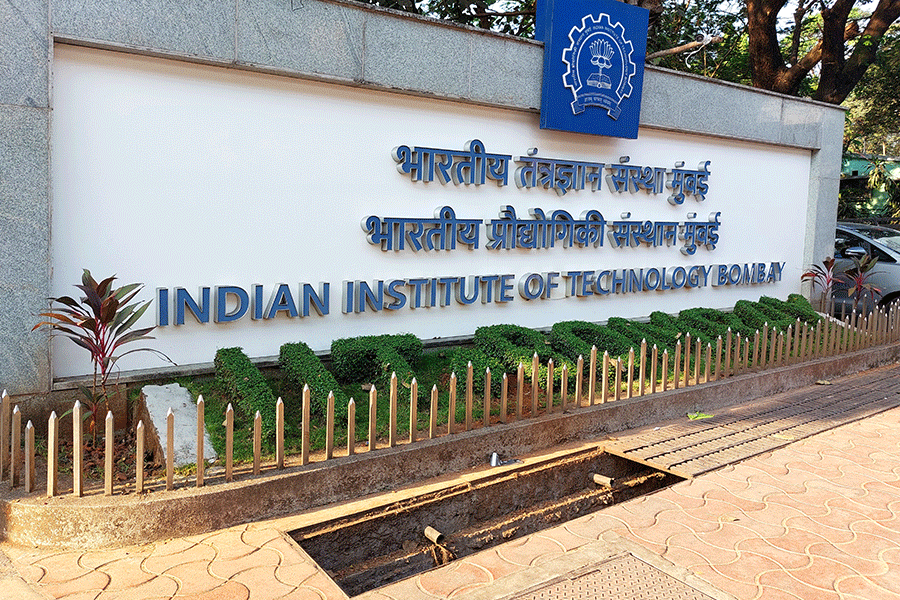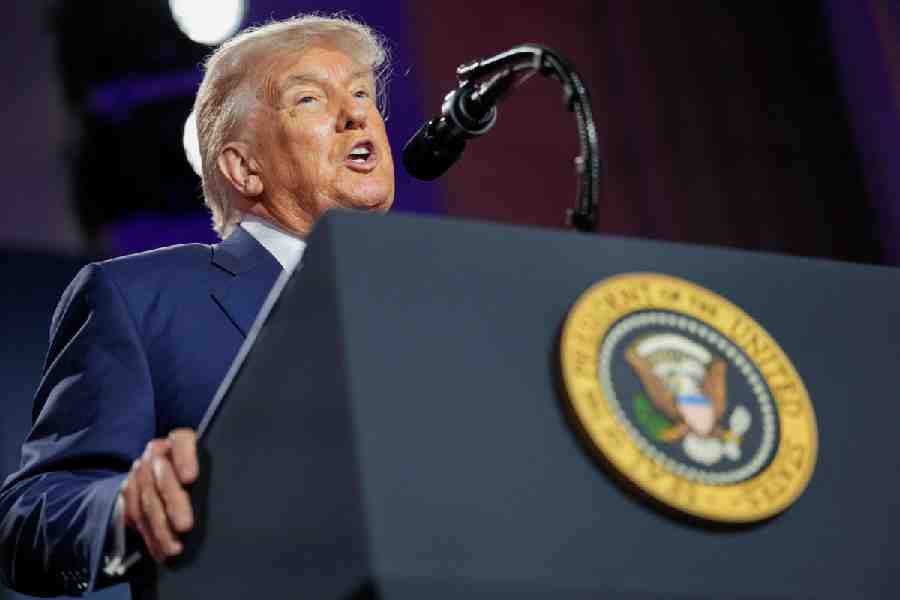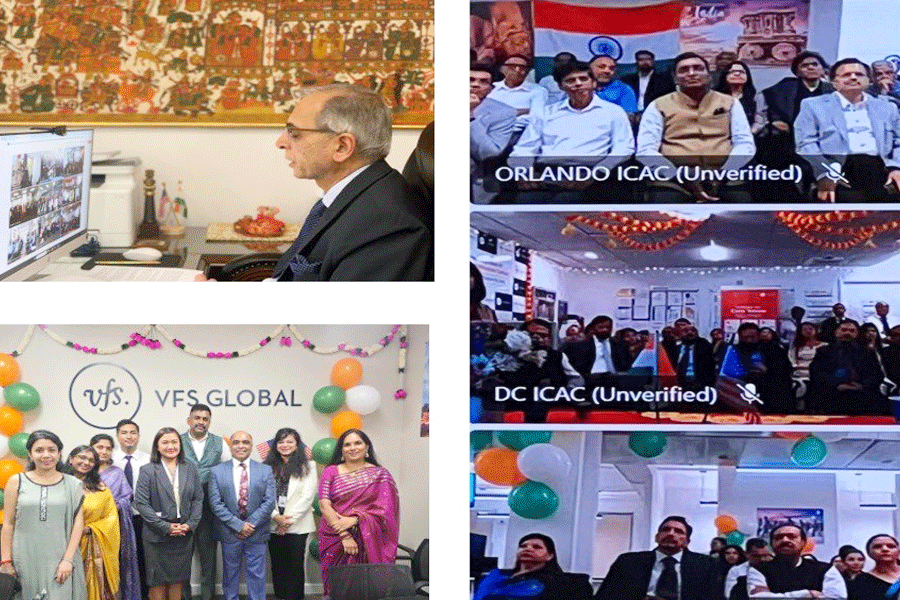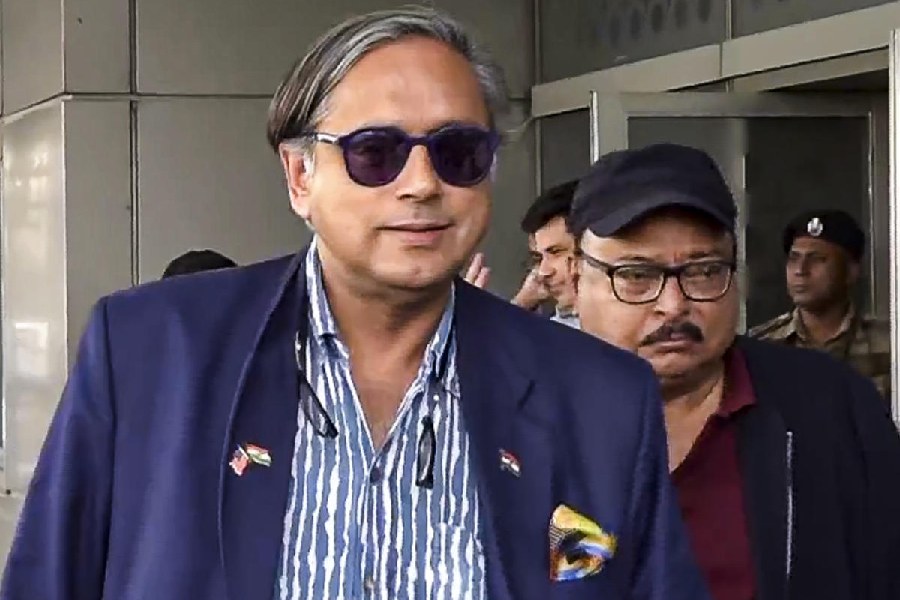|
|
| Nationalist icon |
Vande Mataram: The biography of a song By Sabyasachi Bhattacharya, Penguin, Rs 150
The song, Vande Mataram, has become a national icon. It won’t be entirely unwarranted to suggest that more people know of this song than the national anthem, Jana Gana Mana. This little book, imaginatively conceived and lucidly written, traces the making of the icon. The author unravels an extremely complex piece of history, from archival and other sources, but his analysis and its articulation do not flounder on the rock of jargon and arcane fashion. This is perhaps how good analytical history should be written and brought closer to the comprehension of the intelligent reader.
Bankimchandra Chattopadhyay, the Bengali novelist, man of letters, and the foremost intellect of his times, wrote the poem Vande Mataram sometime in the 1870s. But it remained unpublished and unknown till he included it in his novel Anandamath. It was conceived as a hymn to the motherland, the motherland in this case being Bengal. But it captured the imagination of the early nationalists. It was sung at the Calcutta session of the Indian National Congress in 1896 by Rabindranath Tagore who had, very aptly, set it to music in the ragini “Desh”. Vande Mataram became the cry of the Swadeshi movement in Bengal, the first mass-based struggle in the history of Indian nationalism. Most Congress leaders including Mahatma Gandhi, Subhas Bose and Jawaharlal Nehru found the song inspiring. And on January 24, 1950, at the last sitting of the constituent assembly, the president of the assembly, Rajendra Prasad, gave a decision from the chair that Vande Mataram would enjoy the same status as Jana Gana Mana. The matter was not even debated or put to the vote.
Bhattacharya brings out and underlines the fact that if Vande Mataram united, it also divided. The Muslim League, led by Mohammad Ali Jinnah, objected to the obvious Hindu imagery with which the song was imbued and to the spirit of idolatry that was embedded in it. There was an element of expediency in all this but there is no denying that there was much in Bankim’s writings and in the song itself that the Muslims could find objectionable. Some of Bankim’s choicest epithets to describe Muslims would put today’s knickerwallahs to shame.
Faced with the danger of alienating the Muslims, the Congress went in for a compromise. This was, in fact, suggested by Tagore when he was asked by Nehru in 1937 to give his opinion about the song. Tagore wrote that he found the first two stanzas unobjectionable. There was nothing there to “offend any sect or community”. But the song in its entirety, “read together with its context...might wound Moslem susceptibilities”.
Tagore could not ignore the inspiration that Vande Mataram had provided to innumerable nationalists but he could not also wish aside the divisive impact of the entire song. He chose the first two stanzas as the national song and the Congress heeded his advice. Bhattacharya establishes, on the basis of textual and other corroborative evidence, that the first two stanzas were composed first and separately between 1872 and 1875; the rest of the poem was written in 1881 to fit the demands of the novel Anandamath. It is significant that in the text of the novel, the first two stanzas were put by Bankim in quotation marks.
Any serious work of art outlives its creator and is open to interpretation well beyond the author’s meanings and intentions. The author, the postmodernists have told us, is dead. Bhattacharya captures that moment when Vande Mataram was born. That moment was informed by the intellectual loneliness of Bankim, a pioneer of sorts, and a kind of churning in the Bengali and Indian imagination. India had to create symbols and also in Bhattacharya’s telling phrase “bring them back to remembrance”. Vande Mataram bore the marks of its birth in a particularly tortured bit of history.
Bhattacharya makes a virtue out of his tentativeness. This is as it should be since the subject and its treatment cannot carry the load of certainty which so many historians hang on the past. This is why the definite article in the subtitle comes as a bit of a jolt. Surely there can be —and there should be — other biographies of Bankim’s vandana to his motherland.











